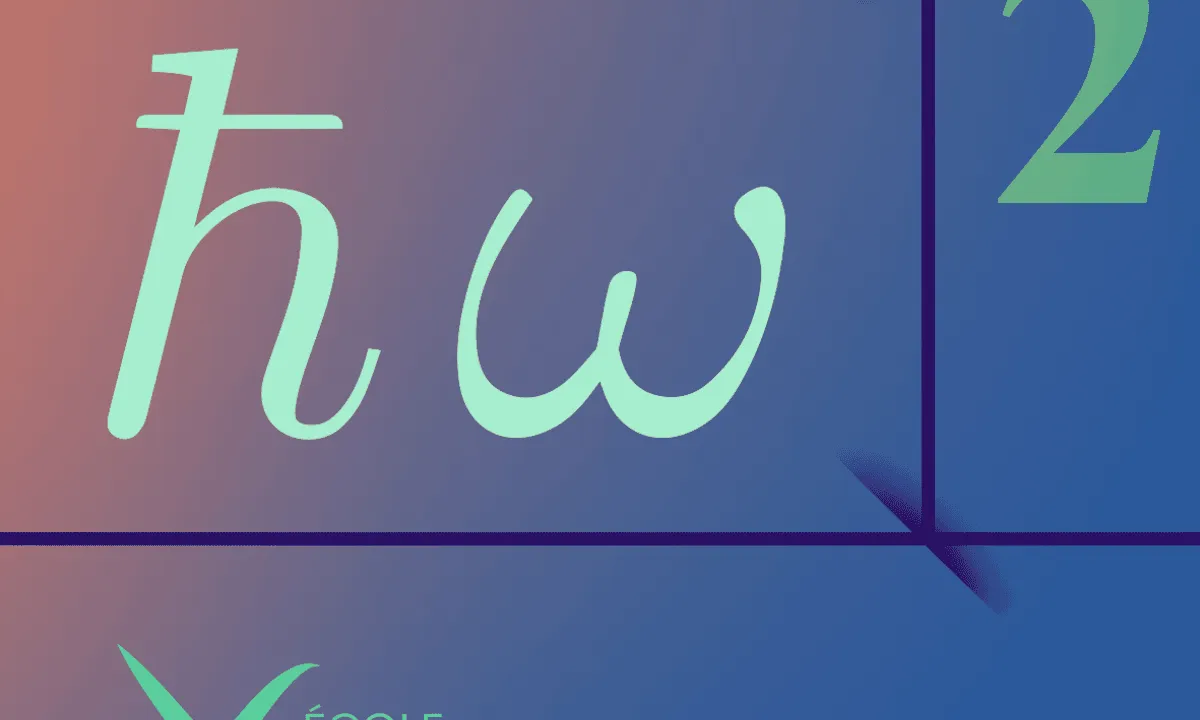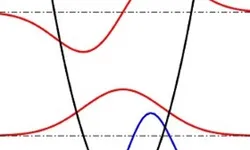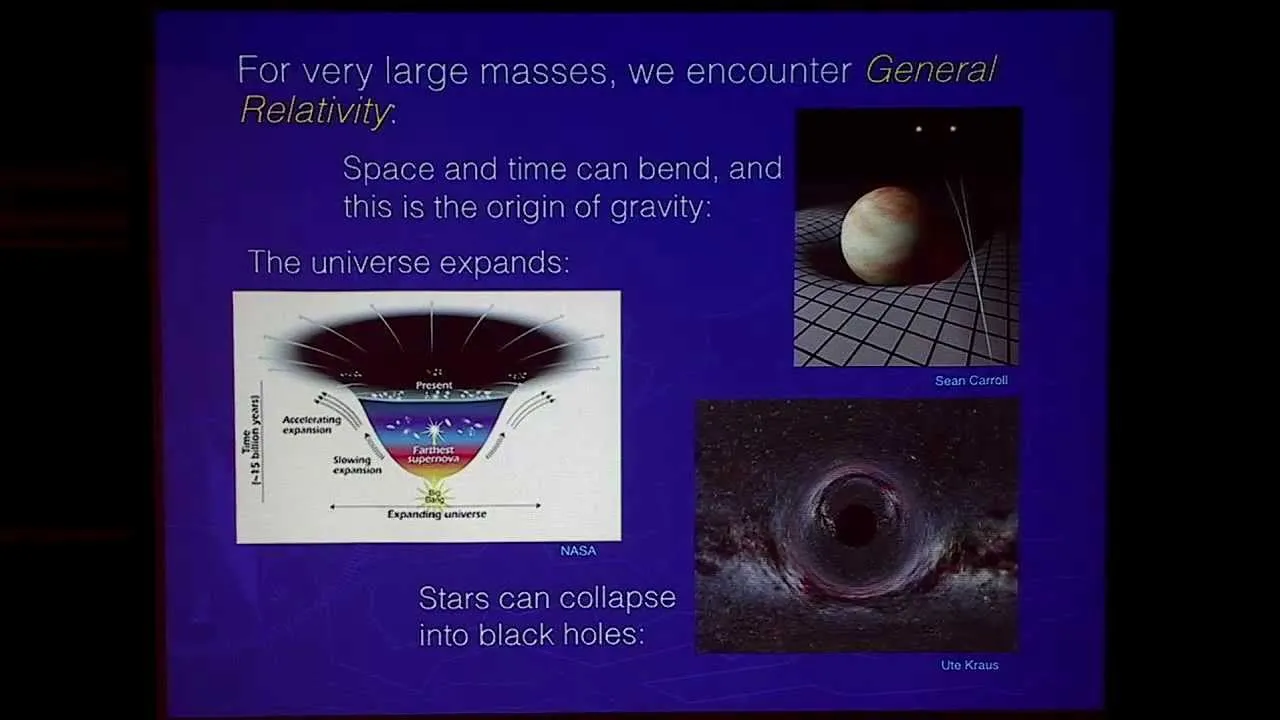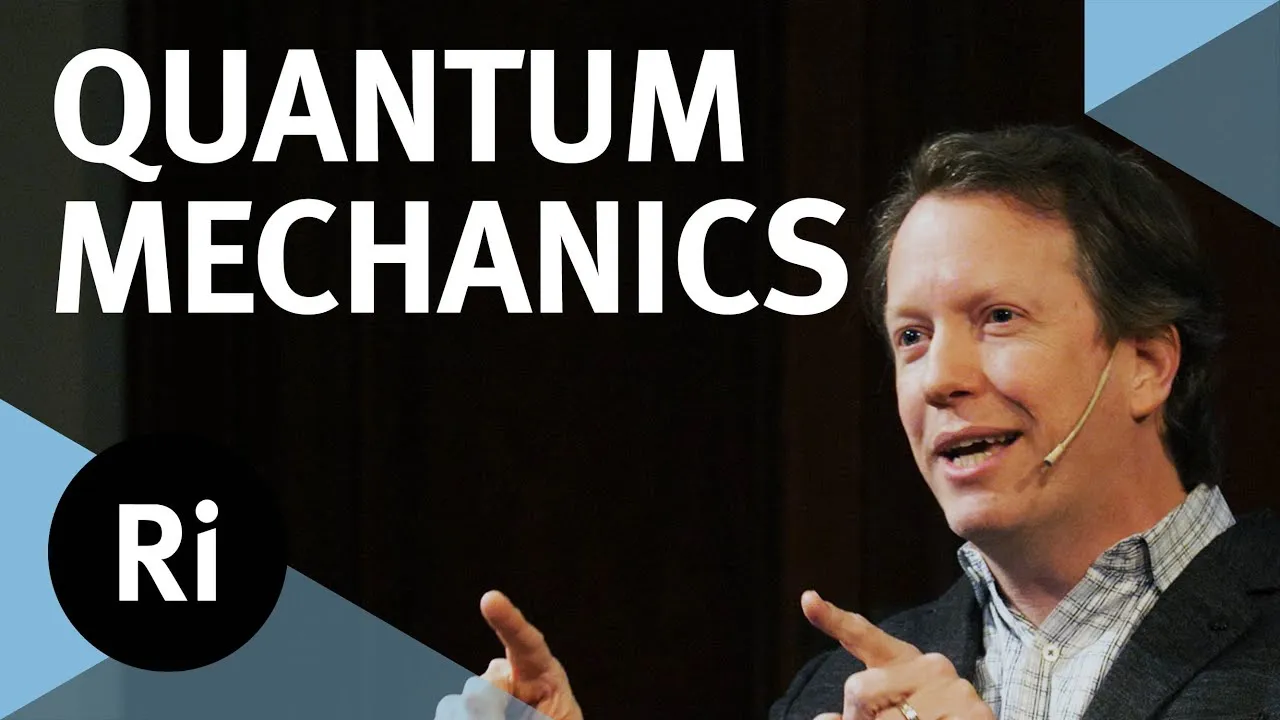
Quantum Optics 2 - Two photons and more 
In Quantum Optics 2, learners will explore the more complex phenomena of two photons and beyond, including applications to quantum technologies. This course will build on the knowledge gained in Quantum Optics 1. ▼
ADVERTISEMENT
Course Feature
![]() Cost:
Cost:
Free
![]() Provider:
Provider:
Coursera
![]() Certificate:
Certificate:
Paid Certification
![]() Language:
Language:
English
![]() Start Date:
Start Date:
31st Jul, 2023
Course Overview
❗The content presented here is sourced directly from Coursera platform. For comprehensive course details, including enrollment information, simply click on the 'Go to class' link on our website.
Updated in [March 06th, 2023]
This course, Quantum Optics 2 - Two photons and more, provides learners with an introduction to the formalism of Quantum Optics and its applications to quantum technologies. Learners will be introduced to the description of entangled photons, classical light, and the Standard Quantum Limit (SQL). Examples of quantum technologies based on entangled photons, such as Quantum Teleportation, Quantum Cryptography, Quantum Computing, and Quantum Simulation, will be discussed. Insights into the recently proposed Noisy Intermediate Scale Quantum (NISQ) computing will also be presented.
[Applications]
Learners who complete this course will have a good understanding of the principles of Quantum Optics, and of the applications of entangled photons to quantum technologies. They will be able to apply the Quantum Optics formalism to describe classical light, and to understand the Standard Quantum Limit and its possible surpassing. They will also be able to apply the principles of Quantum Optics to quantum communication, quantum computing and quantum simulation.
[Career Paths]
Recommended career paths for learners of this course include:
1. Quantum Optics Engineer: Quantum Optics Engineers are responsible for designing, developing, and testing quantum optics systems and components. They must have a deep understanding of the principles of quantum optics and be able to apply them to the design and development of new systems. As the field of quantum optics continues to grow, Quantum Optics Engineers will be in high demand to develop new technologies and applications.
2. Quantum Computing Researcher: Quantum Computing Researchers are responsible for researching and developing new algorithms and applications for quantum computing. They must have a deep understanding of quantum computing principles and be able to apply them to the development of new algorithms and applications. As the field of quantum computing continues to grow, Quantum Computing Researchers will be in high demand to develop new technologies and applications.
3. Quantum Cryptography Specialist: Quantum Cryptography Specialists are responsible for designing, developing, and testing quantum cryptography systems and components. They must have a deep understanding of the principles of quantum cryptography and be able to apply them to the design and development of new systems. As the field of quantum cryptography continues to grow, Quantum Cryptography Specialists will be in high demand to develop new technologies and applications.
4. Quantum Metrology Scientist: Quantum Metrology Scientists are responsible for researching and developing new methods and applications for quantum metrology. They must have a deep understanding of quantum metrology principles and be able to apply them to the development of new methods and applications. As the field of quantum metrology continues to grow, Quantum Metrology Scientists will be in high demand to develop new technologies and applications.
[Education Paths]
The recommended degree paths for learners of this course are:
1. Bachelor of Science in Physics: This degree path provides learners with a comprehensive understanding of the fundamental principles of physics, including quantum optics. Learners will gain an understanding of the principles of quantum mechanics, the behavior of light, and the applications of quantum optics in quantum technologies. The degree also provides learners with the opportunity to develop their skills in problem-solving, data analysis, and communication.
2. Master of Science in Quantum Optics: This degree path provides learners with an in-depth understanding of the principles of quantum optics and its applications in quantum technologies. Learners will gain an understanding of the principles of quantum mechanics, the behavior of light, and the applications of quantum optics in quantum technologies. The degree also provides learners with the opportunity to develop their skills in problem-solving, data analysis, and communication.
3. Doctor of Philosophy in Quantum Optics: This degree path provides learners with an advanced understanding of the principles of quantum optics and its applications in quantum technologies. Learners will gain an understanding of the principles of quantum mechanics, the behavior of light, and the applications of quantum optics in quantum technologies. The degree also provides learners with the opportunity to develop their skills in problem-solving, data analysis, and communication.
The development trends in quantum optics are focused on the development of new technologies based on quantum optics, such as quantum computing, quantum cryptography, and quantum teleportation. Additionally, research is being conducted on the development of new quantum states of light, such as squeezed states of light, which can be used to beat the Standard Quantum Limit. Finally, research is being conducted on the development of Noisy Intermediate Scale Quantum (NISQ) computing, which has the potential to demonstrate quantum advantage in the near future.
Pros & Cons

Follows first course well

Charming and knowledgeable teacher

Accessible for all levels

Relevant examples of current applications

Fascinating journey

Excellent video presentations and quiz questions

Formalism of Bell's inequalities challenging

Not an easy course

Long homeworks
Course Provider

Provider Coursera's Stats at AZClass
Quantum Optics 2 - Two photons and more will build on the knowledge gained in Quantum Optics 1. It is a course that allows learners to explore the fascinating world of quantum physics and its applications. Participants will be introduced to forms of quantum optics and their applications to describe entangled photons, classical light and quantum states of light. They will learn how to use quantum optics formalisms to describe photon interactions, photon entanglement and photon interference. They will also study the applications of quantum optics to quantum communication, quantum computing and quantum simulation. Learners will learn about the standard quantum limit and how to beat it with novel quantum states. They will also study noisy mesoscale quantum computing, a promising technique for demonstrating quantum superiority in the near future.
Discussion and Reviews
0.0 (Based on 0 reviews)
Explore Similar Online Courses

Instagram Business Marketing : Success in 2022 & Beyond

Payroll Processing in India - For Professionals

Python for Informatics: Exploring Information

Social Network Analysis

Introduction to Systematic Review and Meta-Analysis

The Analytics Edge

DCO042 - Python For Informatics

Causal Diagrams: Draw Your Assumptions Before Your Conclusions

Whole genome sequencing of bacterial genomes - tools and applications

Foundations of Quantum Mechanics

Gravity and Quantum Mechanics - The Quest for Unification


Start your review of Quantum Optics 2 - Two photons and more